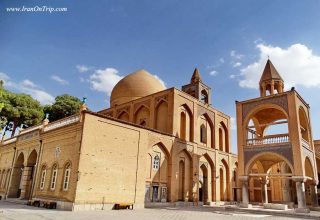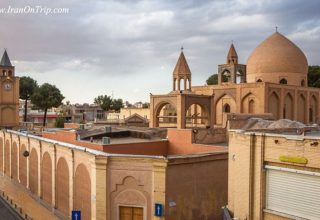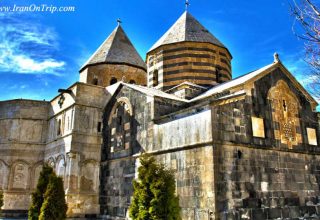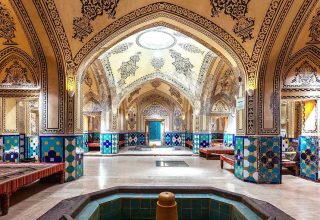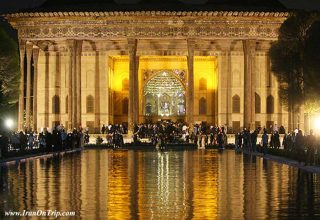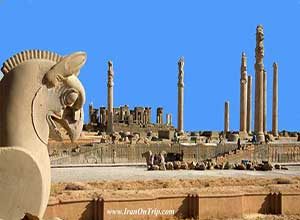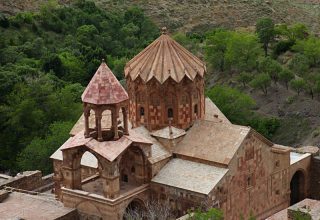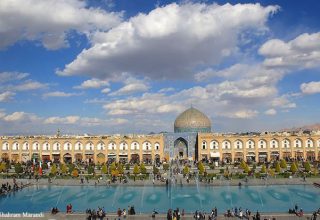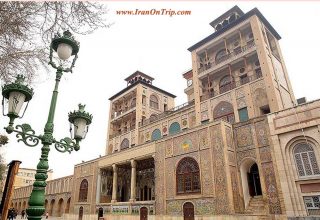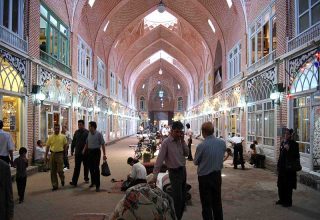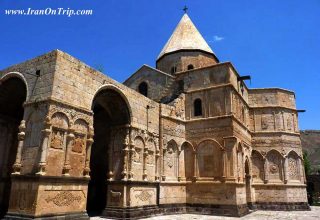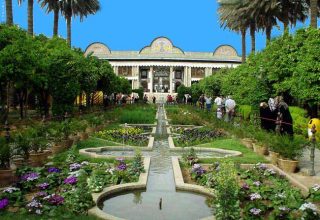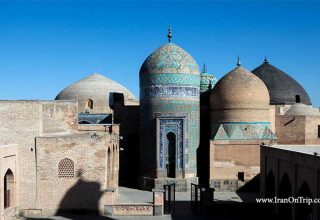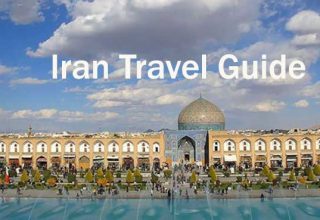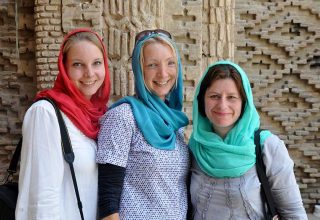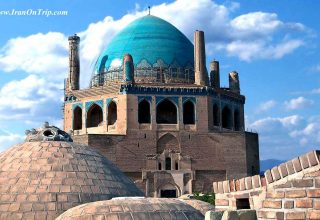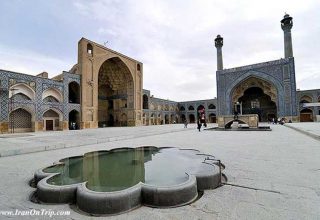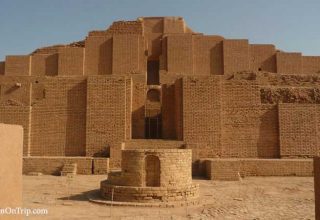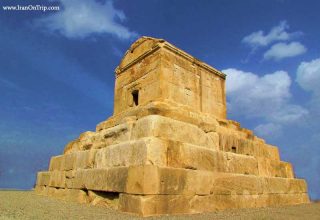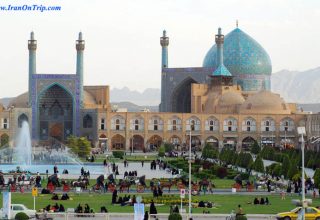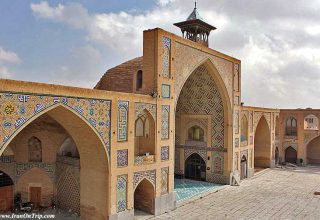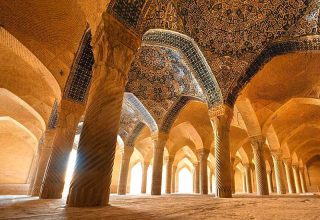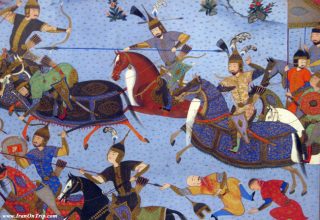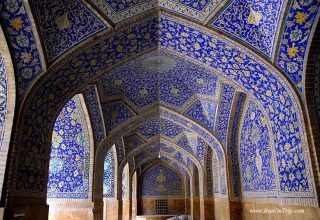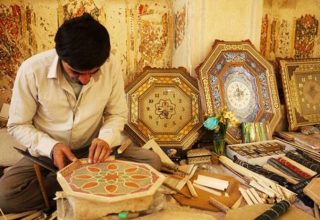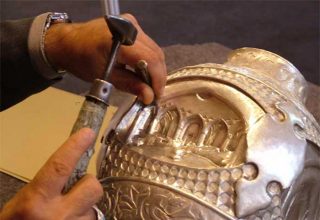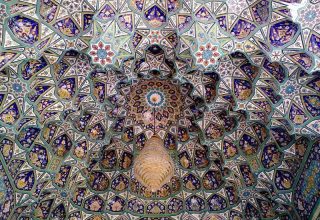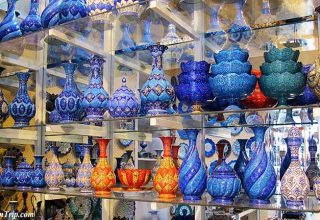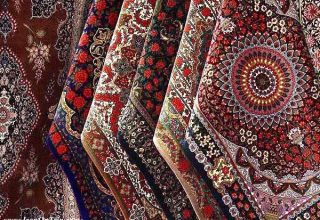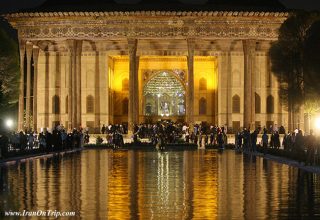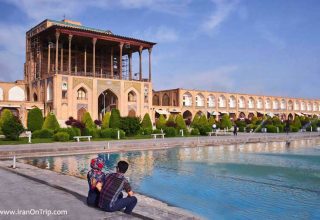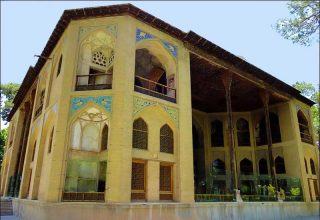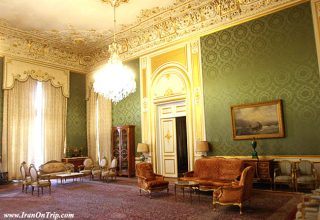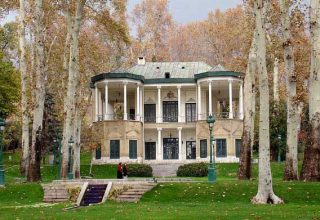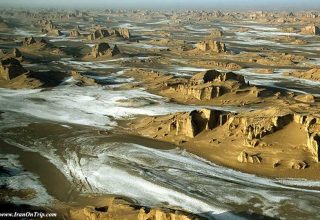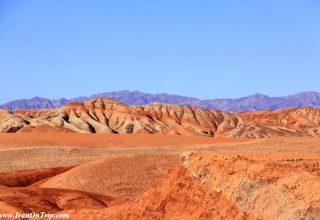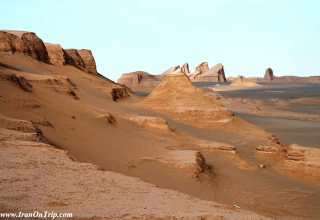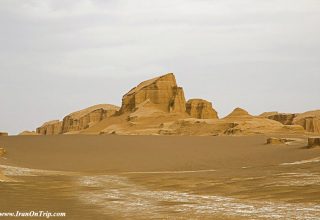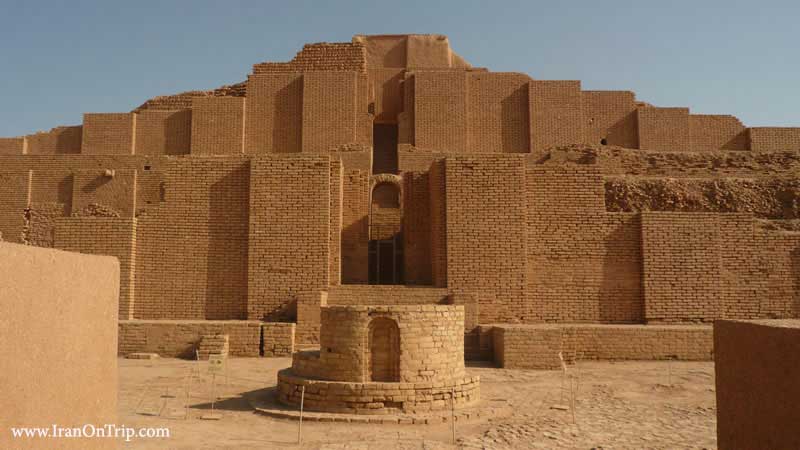

This list gets updated as UNESCO approves the documentations offered by the Iranian delegation to the UN. Here’s the list of UNESCO’s World Heritage Sites in Iran up to this date: Tchogha Zabnil: UNESCO Historical Site: Tchogha Zanbil Temple, Iran This Elamite temple is a ziggurat-shaped structure built under the kingdom of Elam, c. 1250 B.C. It is surrounded by three huge walls and can be seen from a long distance. Millions of bricks have been used in the construction of this temple. Some of them are engraved in cuneiform writing The ruins of the holy city of the Kingdom of Elam, surrounded by three huge concentric walls, are found at Tchogha Zanbil. Founded c. 1250 B.C., the city remained unfinished after it was invaded by Ashurbanipal, as shown by the thousands of unused bricks left at the site.The current name of Tchogha-Zanbil corresponds with the ancient city of Dur Untash, dominating the course of the Ab-e Diz, a tributary of the Karun. The city was founded as a religious capital during the Elamite period by Untash-Napirisha (1275-1240 BC) in a site half-way between Anshân and Suse. Roman Ghirshman carried out the complete exploration of the site from 1951 to 1962.
The site contains the best preserved and the largest of all the ziggurats of Mesopotamia. The first enclosure contains the temenos. In origin, the temple located at the centre was a square building, dedicated to the Sumerian god Inshushinak. This temple was then converted into a ziggurat of which it constitutes the first storey. The solid masses of the four other storeys are in the other XX starting from the ground of the court (and not one on top of the other as in Mesopotamia) so as to cover all the surface of the old central court Access was by means of a vaulted staircase, invisible from outside, unlike the squatter Mesopotamian ziggurats, which were equipped with three external staircases, Today the ziggurat is no more than 25 m high, the last two stages, which originally rose to a height of 60 m, having been destroyed. The ziggurat is sacred not only to Inshushinak but also to Napirisha, the god of Anshan.
On the north-western side of the ziggurat a group of temples were dedicated to the minor divinities, Ishnikarab and Kiririsha. An oval wall surrounded the temples and the ziggurat. The second enclosure, trapezoidal in form, delimits a vast, almost empty zone. In the third enclosure, only three palaces were built and a temple, near the Royal Gate, with a large interior court. This third enclosure was to protect the town of Dur Untash, the houses of which were never built. The Untash-Gal Palace (13th century BC) was discovered, separated from the temenos.In spite of the destruction attributed to the Assyrians, a whole series of heads, statuettes, animals and amulets were found, and the remains of two panels in ivory mosaic. Several vaulted tombs were discovered in the basement of the royal residence, with evidence of cremation. Nearby was a temple dedicated to Nusku, the god of fire.To supply the population of the city with water, Untash-Napirisha made a channel of about 50 km long, leading to a reservoir outside the northern rampart; from there, nine conduits carried the filtered water to a basin arranged inside the rampart. Dur Untash was given up by the Elamite kings in the 12th century BC in favour of Susa. They transported all the treasures of Tchogha Zanbil to Susa where they were used to decorate the recently restored temples. In 640 BC, Dur Untash was entirely destroyed by the Assyrian king Assurbanipal, a few years after his conquest of Susa


